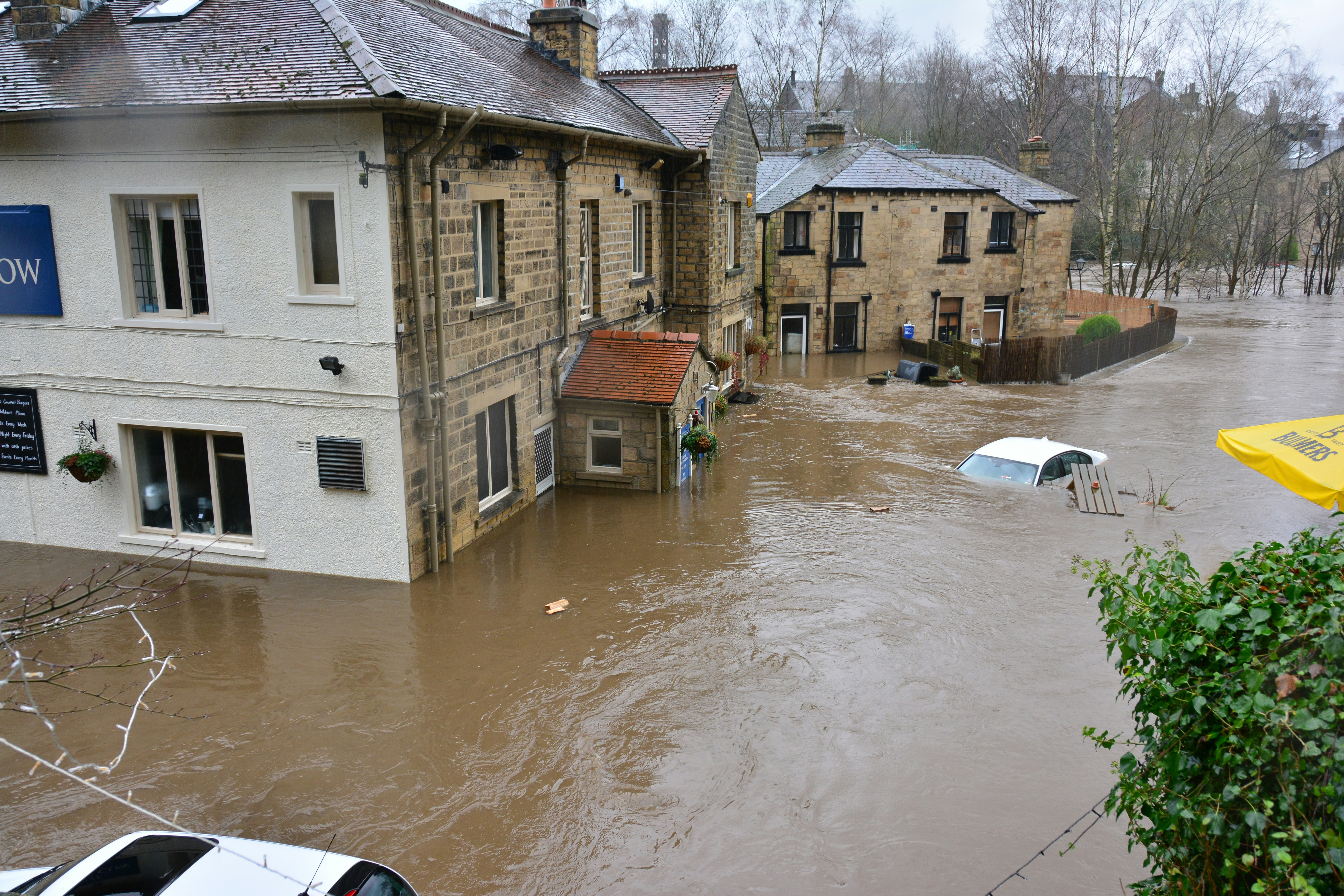The Great Molasses Flood of 1919 in Boston was a catastrophic event, killing 21 and prompting major safety reforms in construction.
Frieren just cast "Too Long, Didn’t Read"
A catastrophic industrial accident in 1919 Boston where a massive molasses tank burst, sending a deadly wave of sticky syrup through the streets at 35 mph, killing 21 people and leading to major reforms in construction safety regulations.
The Great Molasses Flood of 1919: A Sticky Disaster in Boston
On a chilly winter day in January 1919, the North End neighborhood of Boston, Massachusetts, experienced one of the most bizarre disasters in American history. A massive tank filled with 2.3 million gallons of molasses suddenly burst, unleashing a sticky tidal wave that swept through the streets, forever changing the lives of local residents and prompting significant reforms in industrial safety regulations.
The Catastrophic Event
On January 15, 1919, at approximately 12:30 PM, the unseasonably warm temperature caused the molasses in a 50-foot-tall storage tank owned by the Purity Distilling Company to expand. The tank, already weakened by poor construction and repeated stress from being filled to capacity, finally gave way. The collapse sent a towering wave of molasses, estimated to be up to 15 feet high, surging through the streets at speeds of up to 35 mph.
Immediate Impact and Casualties
The molasses flood had devastating consequences:
21 people lost their lives, either by drowning in the molasses or being crushed by debris
150 people were injured
Buildings were damaged or destroyed, including the local firehouse
Several blocks of the North End were flooded, with molasses reaching waist-high in some areas
Causes of the Disaster
Investigations following the tragedy revealed several factors that contributed to the tank's failure:
Poor construction: The tank was inadequately designed and hastily built to meet the high demand for industrial alcohol during World War I
Lack of proper testing: The tank was never filled with water to test for leaks before being filled with molasses
Neglected maintenance: Despite visible signs of structural stress, including leaks, the tank was repeatedly filled to capacity
Temperature fluctuations: The sudden warm weather on the day of the disaster may have caused the molasses to expand, increasing pressure on the already weakened tank
Long-term Impact and Changes in Safety Regulations
The Great Molasses Flood had far-reaching consequences that extended well beyond the immediate cleanup efforts:
Legal precedent: The ensuing court case lasted for six years and resulted in a landmark decision that established the principle of manufacturer's responsibility
Industrial safety reforms: The disaster led to stricter regulations for construction projects, including requirements for architectural and engineering oversight
Building code improvements: Boston and other cities implemented more stringent building codes and inspection processes
Occupational safety awareness: The incident raised awareness about workplace safety and contributed to the eventual creation of occupational safety standards
Legacy and Remembrance
Today, the Great Molasses Flood remains a part of Boston's folklore and history:
A small plaque in the North End commemorates the event and its victims
Local legend claims that on hot summer days, residents can still smell a faint odor of molasses in the area
The disaster has been the subject of numerous books, documentaries, and even inspired works of fiction
Conclusion
The Great Molasses Flood of 1919 stands as a testament to the importance of industrial safety and the potential consequences of neglecting proper construction and maintenance practices. While tragic, the event ultimately led to positive changes in regulations that have undoubtedly saved countless lives in the century since. As we remember this unusual disaster, we are reminded of the ongoing need for vigilance in ensuring public safety and the responsibility that comes with industrial progress.


